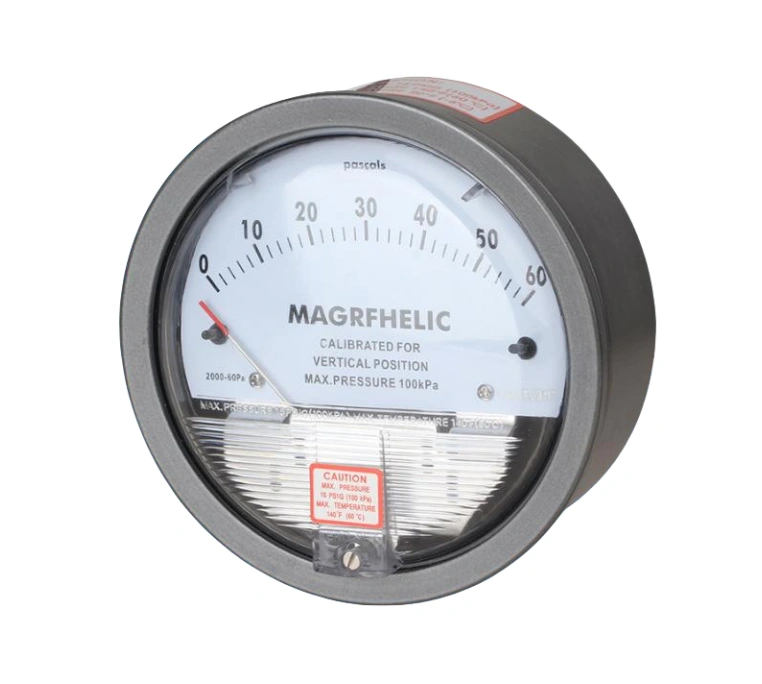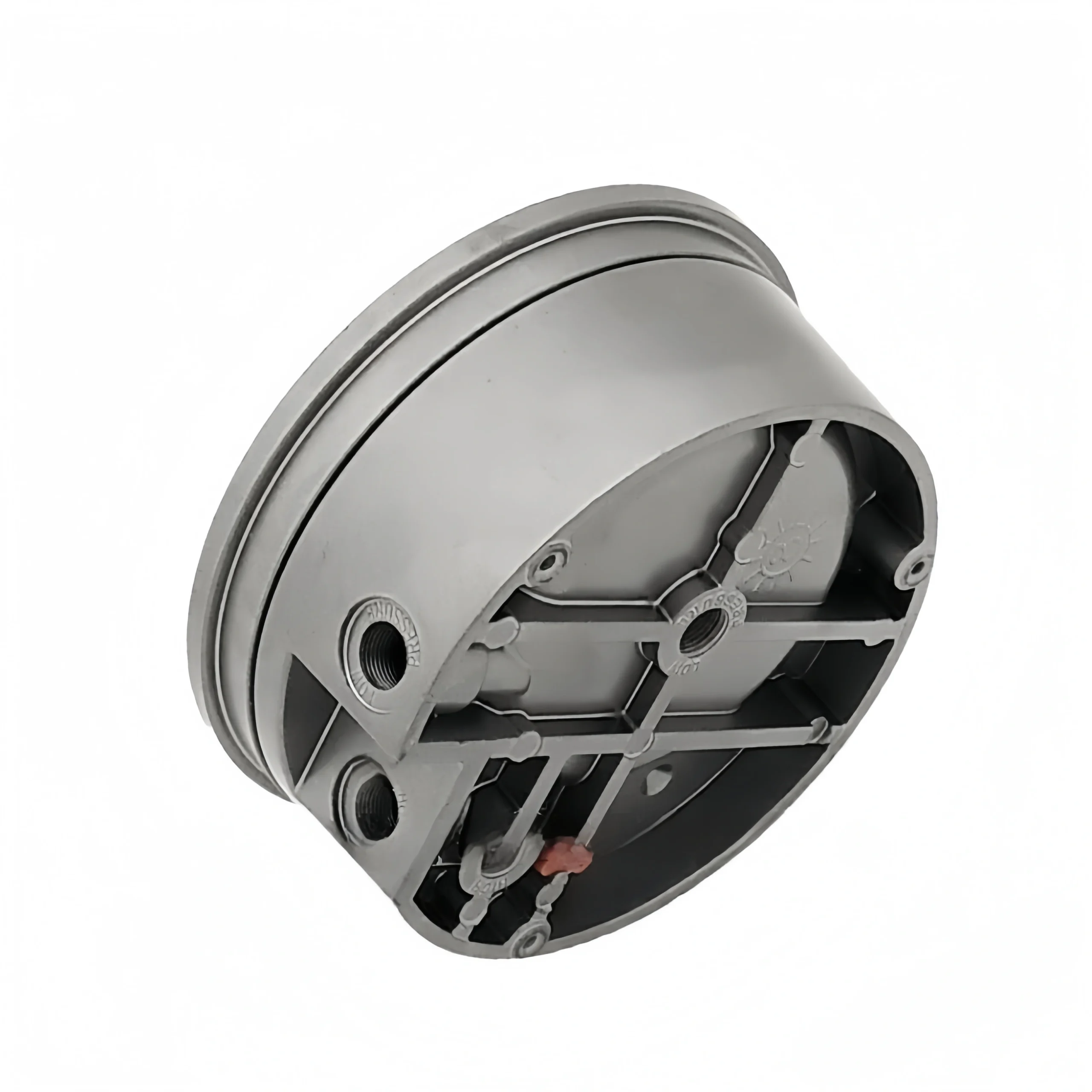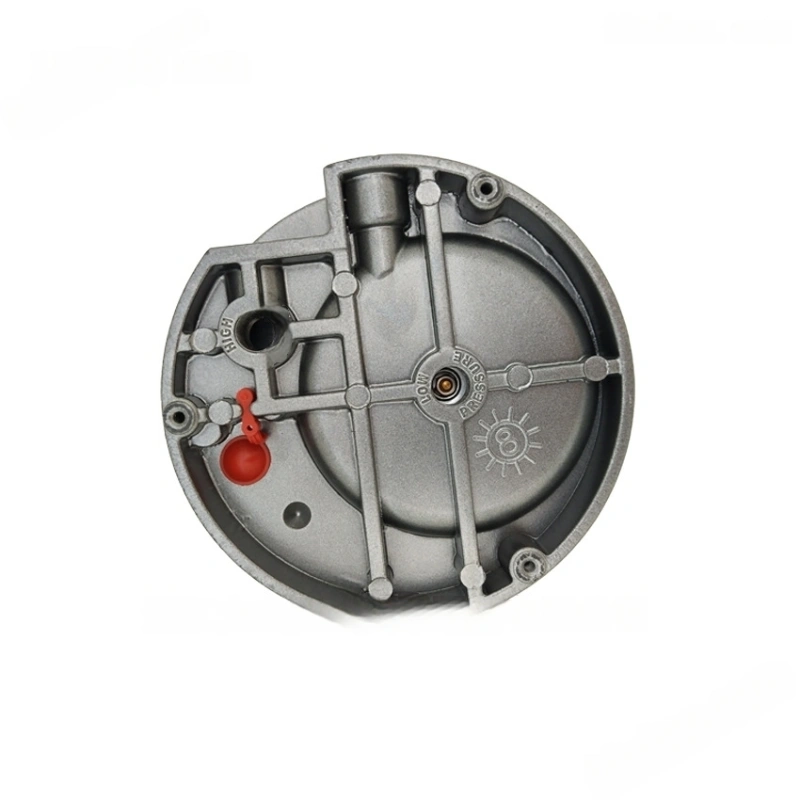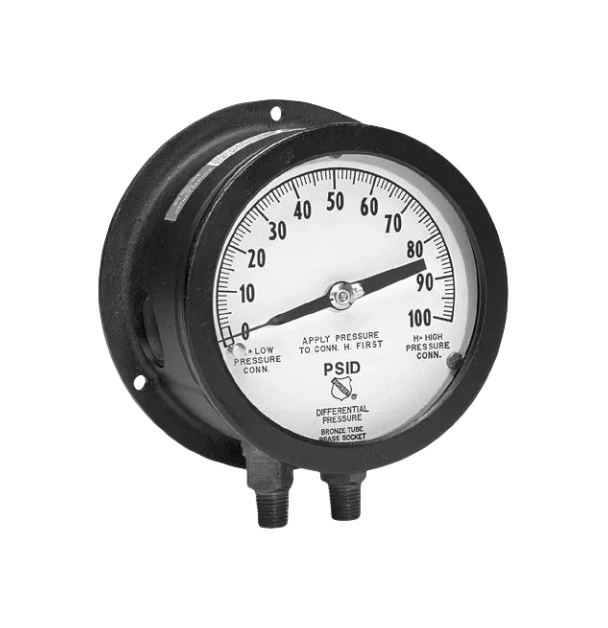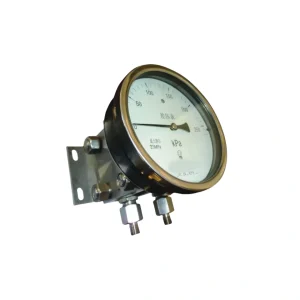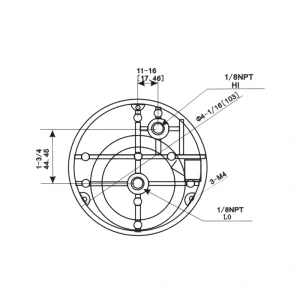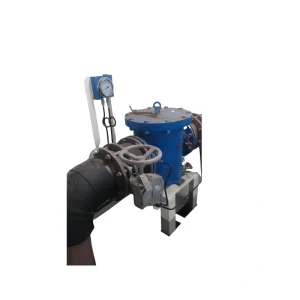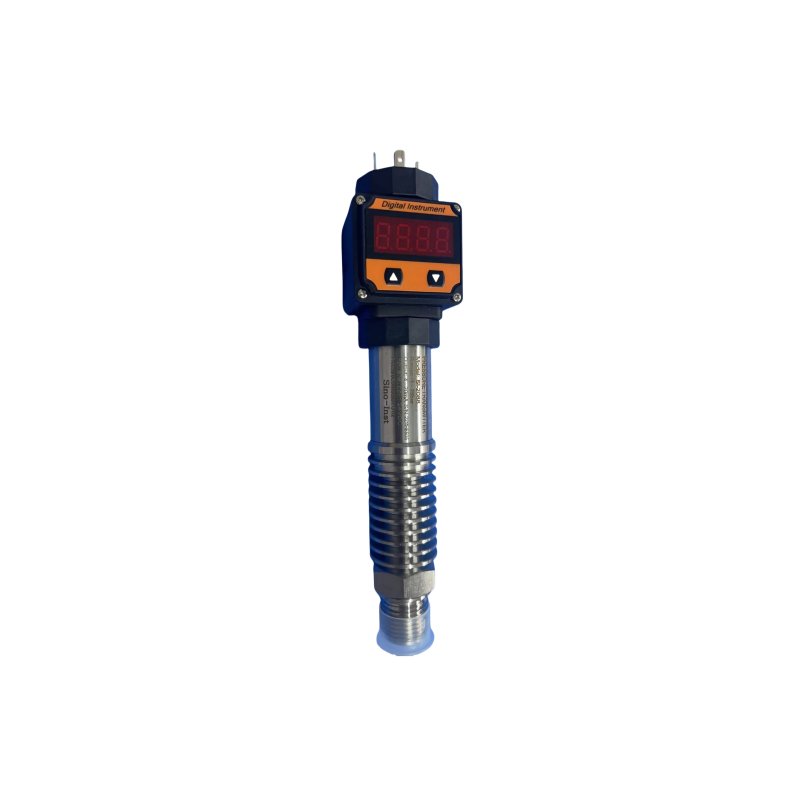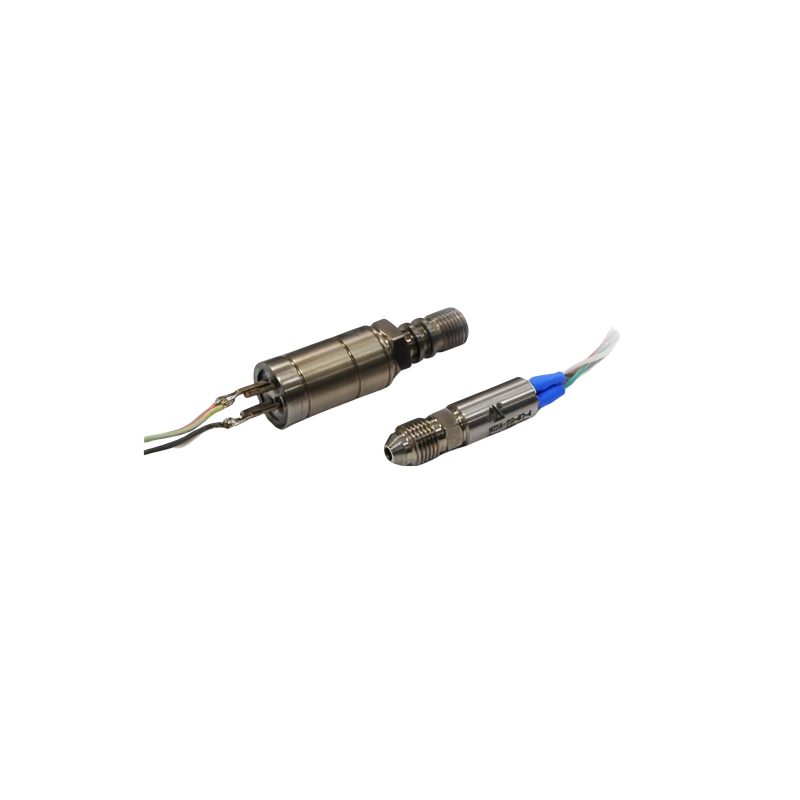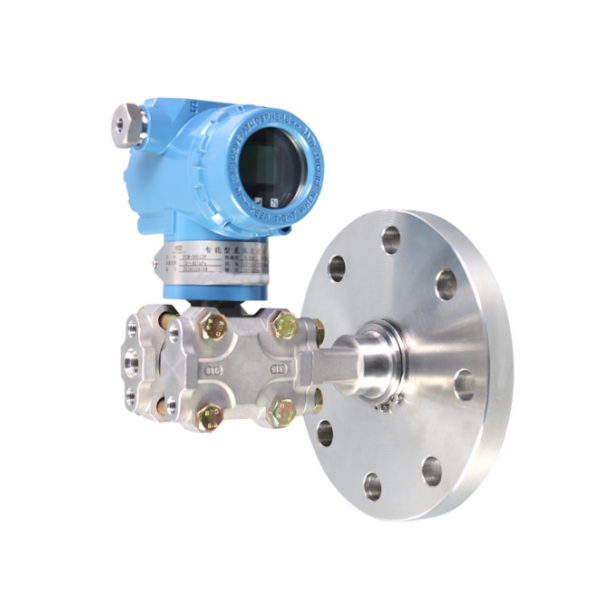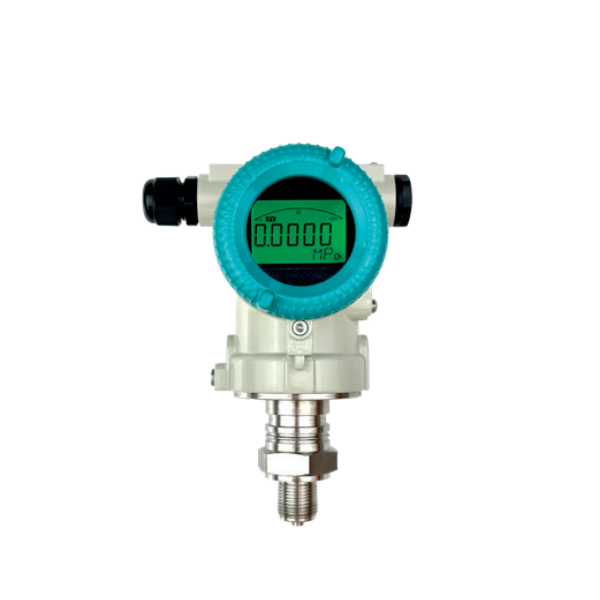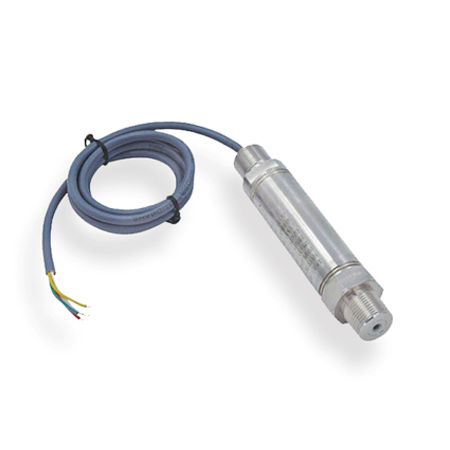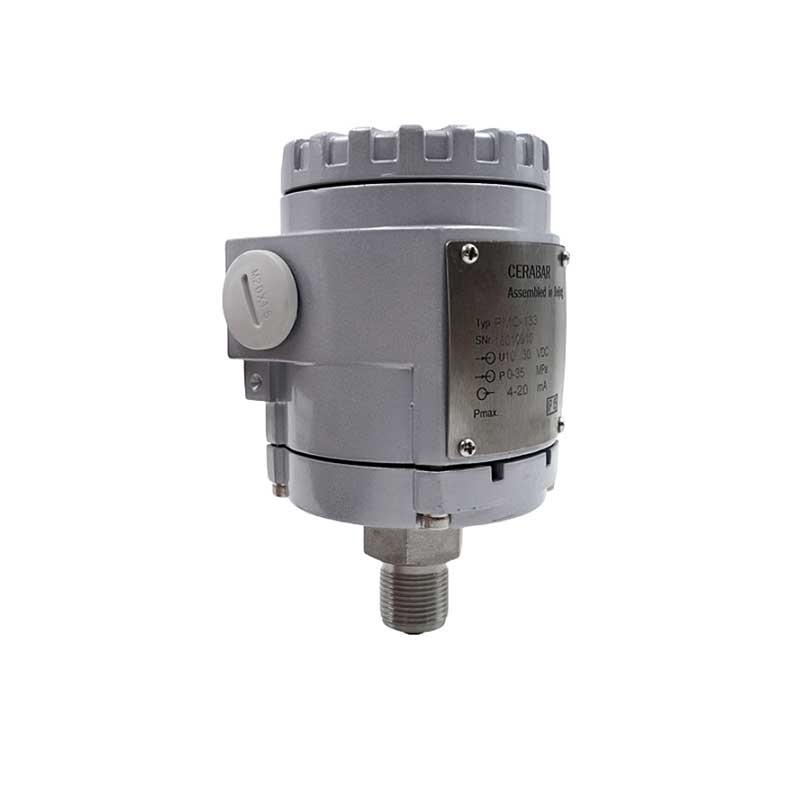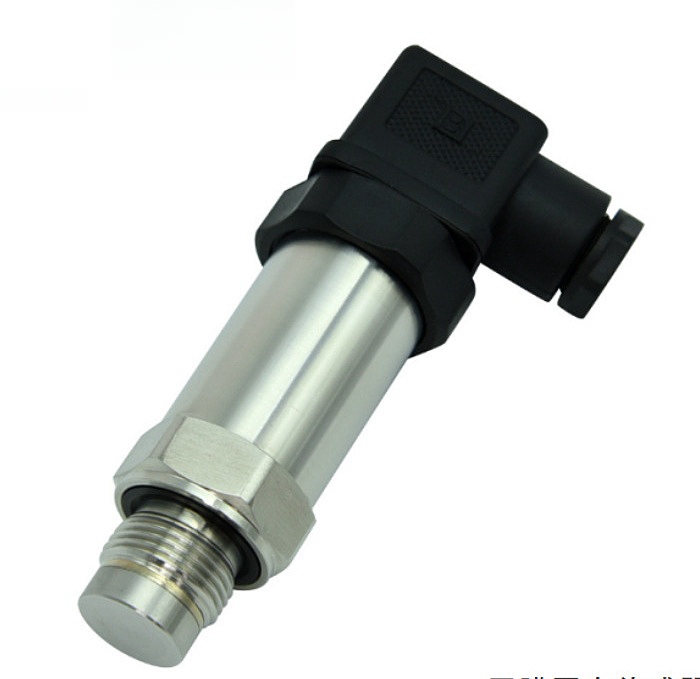Installation of Differential Pressure Gauge
- Choose a place without vibration, with an ambient temperature of -7~60℃, and avoid direct sunlight (which will cause aging of the plastic panel). The pressure pipe can be selected as needed, and the wiring can be arbitrary. The length of the pressure pipe will not affect the accuracy, but only the time response. If the pulsating pressure or vibration causes the pointer to oscillate extremely. Please contact the Sino-Inst to provide other vibration reduction methods.
- All differential pressure gauges are calibrated when the diaphragm is in the vertical position. In this position, the measurement accuracy is the highest. If it is not used in the vertical position, please specify it on the order. Differential pressure gauges with higher ranges can be used in other positions. As long as the zero position is adjusted, it can still be kept within the error range. When the range is as low as 250Pa (25mmH₂O), the differential pressure gauge can only be used in the vertical position.
- Surface installation: The three mounting holes are evenly distributed on the circumference of the back, and are installed with the screws in the installation accessory package.
- Embedded installation: If the embedded installation is required, a hole with a diameter of 114mm needs to be opened, the differential pressure gauge is embedded in the flat plate, and installed with the accessories in the accessory package.
- Zero adjustment after installation: Use the zero adjustment screw on the panel to carefully adjust the pointer to the zero scale.Note: Zero check and adjustment can only be performed when both the high-pressure port and the low-pressure port are open to the atmosphere.
- Connection of the pressure pipe: To facilitate the connection of the conduit, four 1/8NPT pressure interfaces are opened on the left and back of the instrument. The two high-pressure (HIGH) ports on the side and back are connected. When connecting, only one of them needs to be used, and the other one should be plugged with a blind screw. Similarly, the two low-pressure (LOW) ports on the side and back are also connected. When connecting, one of them should be plugged first. The differential pressure gauge accessories are equipped with two pagoda connectors, one for high and one for low pressure.
To prevent leakage, it is best to wrap the threaded joint with polytetrafluoroethylene sealing tape. The pressure pipe can be connected with a rubber tube with an inner diameter of 3 to 4 mm. For permanent installation, it can be directly connected with a copper or aluminum conduit with a 1/8NPT tapered pipe thread.
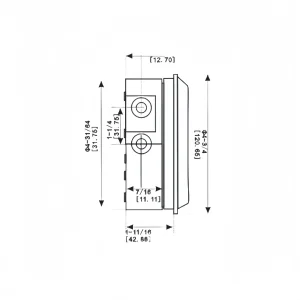
Calibration of Differential Pressure Gauge
Basic method of differential pressure gauge calibration
A differential pressure gauge is a commonly used flow measurement instrument, and its measurement precision and accuracy are of great significance to industrial production. The calibration of a differential pressure gauge is to ensure its measurement accuracy, and usually adopts two methods: static pressure calibration and comparison calibration.
1. Static pressure calibration
Static pressure calibration is to connect the differential pressure gauge to the high and low static pressure pipe positions respectively, and calibrate the differential pressure gauge by balancing the pressure of the static pressure pipe. The specific steps are as follows:
① First, connect the high-pressure input end of the differential pressure gauge to the high static pressure pipe, and the low-pressure input end to the low static pressure pipe;
② Wait for a while (recommended 10- 15 min) until the pressure stabilizes, and record the reading of the differential pressure gauge;
③ Change the connection position of the high and low pressure input ends of the differential pressure gauge, and record and compare the readings again to see if they are consistent. If they are consistent, it means that the differential pressure gauge is accurate.
2. Comparison calibration
Comparison calibration is to compare the differential pressure gauge to be calibrated with a reference differential pressure gauge of known accuracy to determine the error value of the differential pressure gauge to be calibrated. The specific steps are as follows:
① Connect the differential pressure gauge to be calibrated and the reference differential pressure gauge to the same pipeline, respectively.
② Let the two differential pressure gauges measure the pressure difference in the same pipeline at the same time, and record the readings of the two differential pressure gauges.
③ Calculate the error value of the two differential pressure gauges and make adjustments based on the error value.

